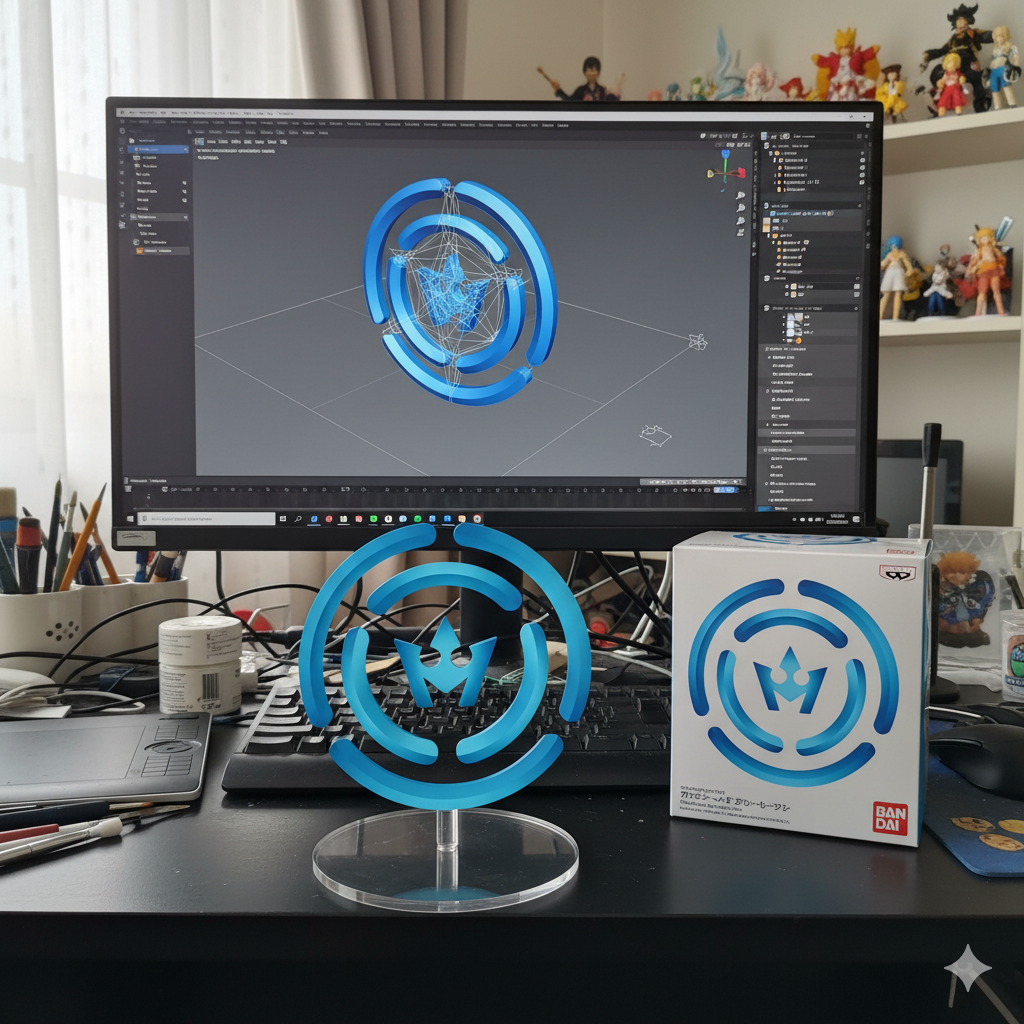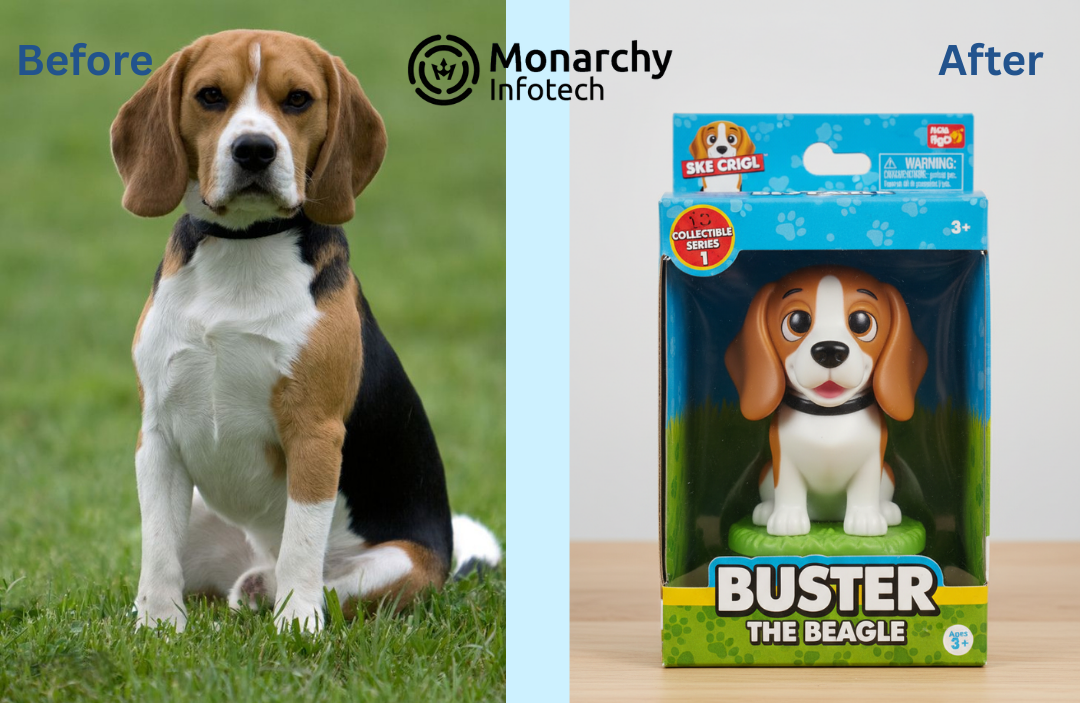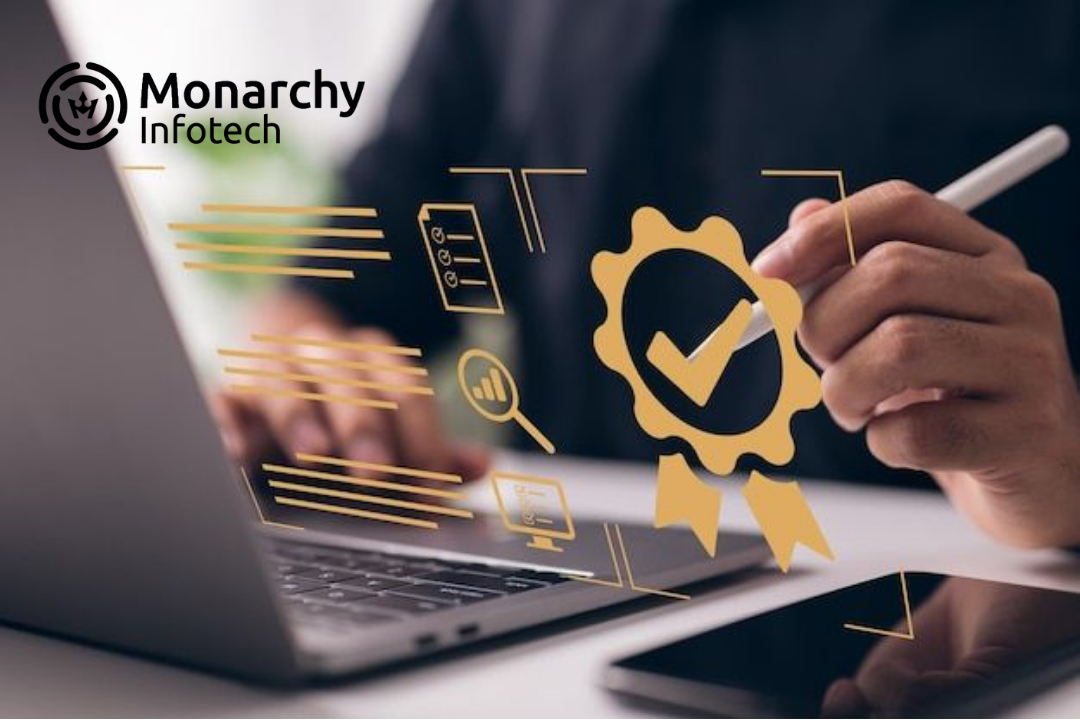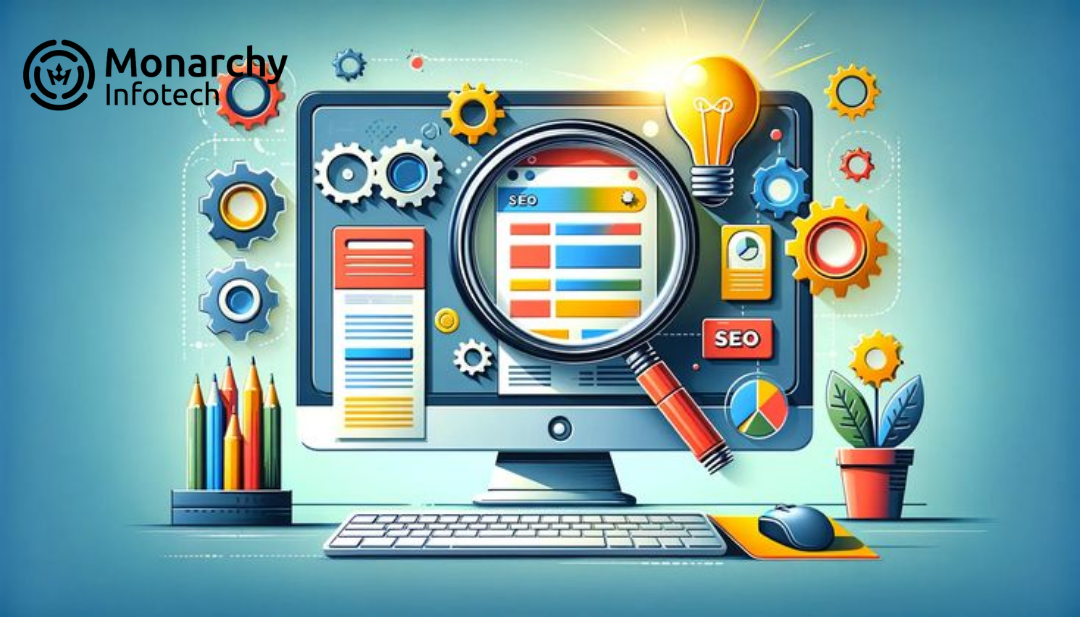As we enter 2025, web development isn't just coding anymore—it's merging data, design, and user experience to build more intelligent digital systems. In this blog, we venture into the future of website design and development based on a data-driven perspective, incorporating next-generation technologies such as AI, Web3, no-code platforms, and tailored UX. Learn how companies and developers can leverage such innovations to create quicker, more inclusive, and more interactive websites that raise the bar in the online arena.
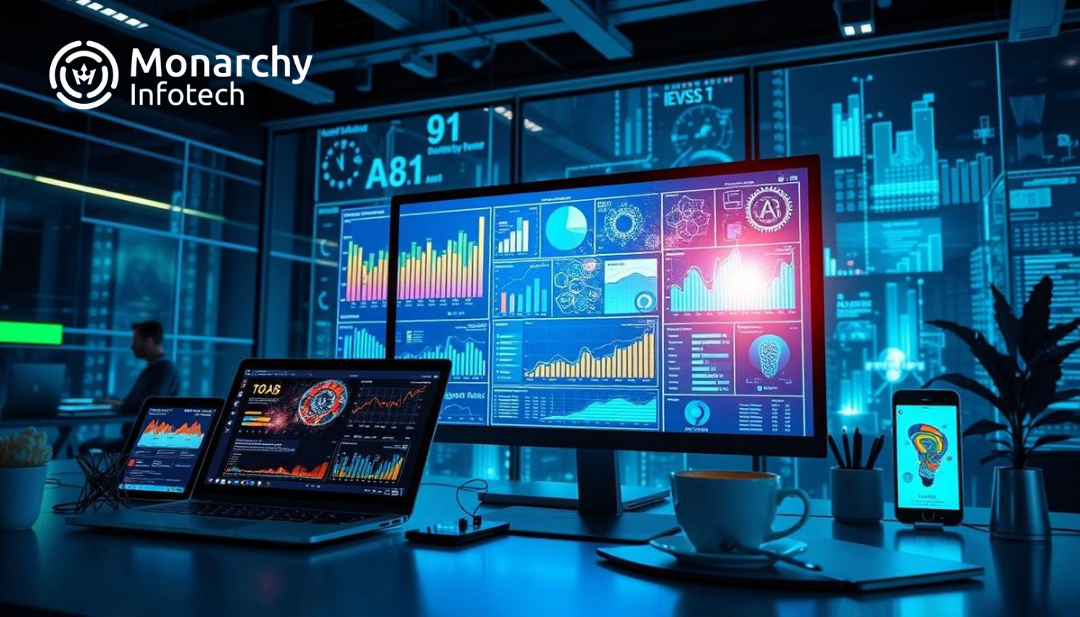
Data Meets Design: The Future of Web Development in 2025
Data Meets Design: The Future of Web Development in 2025
Introduction
The online world is changing at the speed of lightning, and 2025 promises to be a year of transformation for web design and development. Gone are the days of static designs and code-heavy constructions, as websites today run on artificial intelligence, data-driven intelligence, and engaging design features. Companies are bound to provide not only useful websites, but also smart, personalized digital experiences.
In this blog, we’ll take a data-driven look at the trends, technologies, and strategies reshaping web development in 2025.
1. AI-Powered Web Development
Artificial Intelligence has become a cornerstone of modern websites. According to Gartner, by 2025 over 60% of websites will integrate AI-driven features for design, personalization, or automation.
- AI in Design: Tools like Figma AI and Adobe Firefly now suggest layouts, color palettes, and accessibility fixes.
- AI for Development: AI-powered coding tools cut development time by 40%.
- Chatbots & Virtual Assistants: Smarter NLP-driven bots deliver superior customer experience 24/7.
2. Data-Driven Personalization
Websites must feel bespoke. Data-driven personalization guarantees that every visitor experiences content, promotions, and UI optimised for them.
- Predictive UX: Machine learning anticipates what the user needs before they need to ask.
- Dynamic Content: In-real-time customization based on user action. Access a complete guide to data-driven personalization.
- Example: E-commerce websites that learn product recommendations and save users 30% browsing time.
3. The Growth of No-Code & Low-Code Platforms
Gartner expects 70% of new apps to be developed using no-code/low-code platforms by 2025.
- Why it matters: Companies can deploy websites in weeks, not months.
- For Developers: All attention is on customization, integrations, and optimization.
- Tools of the Trade: Web flow, Bubble, Wix Studio are taking the forefront.
4. Web3 and Decentralized Websites
Web3 is taking websites off centralized hosting and data storage.
- Blockchain-Powered Sites: More secure, censorship-proof websites.
- NFT & Token Integration: Membership sites with tokens to enable gated access.
- Decentralized Identity (DID): Users control their data and digital identity.
5. Immersive and Interactive Experiences
Web design becomes more sensory, interactive, and immersive.
- AR/VR Integration: Retail, real estate, and education sites with virtual experiences.
- 3D & Motion Design: Data-driven, lightweight 3D effects amplify engagement.
- Gamification: Increases retention and conversions by up to 35%.
6. Accessibility and Inclusive Design
With increasing global regulations, accessibility is no longer negotiable.
- WCAG 3.0 Standards: Expect to see widespread adoption in 2025.
- AI Accessibility Tools: Automated color contrast testing, screen readers, and captions.
- Inclusive UX: Designs with neurodiverse and differently abled users in mind.
7. Performance and Sustainability
Speed and sustainability matter as much as aesthetics.
- Core Web Vitals: Still an SEO and user retention imperative.
- Green Hosting: Businesses making the switch to carbon-neutral hosting companies.
- Lightweight Websites: Statistics reveal that each additional second of load time decreases conversions by 7%.
Conclusion
2025 is the meeting point of data, design, and technology in web development. AI is transforming workflows, Web3 is decentralized control, and personalization is taking user experience to unprecedented levels. For companies, the message is uncomplicated: innovate along with these things or get left behind.


